How a Studio Fire Pushed Chinese Artist Xue Song Into a New Direction, Setting the Tone for a Major Museum Exhibition
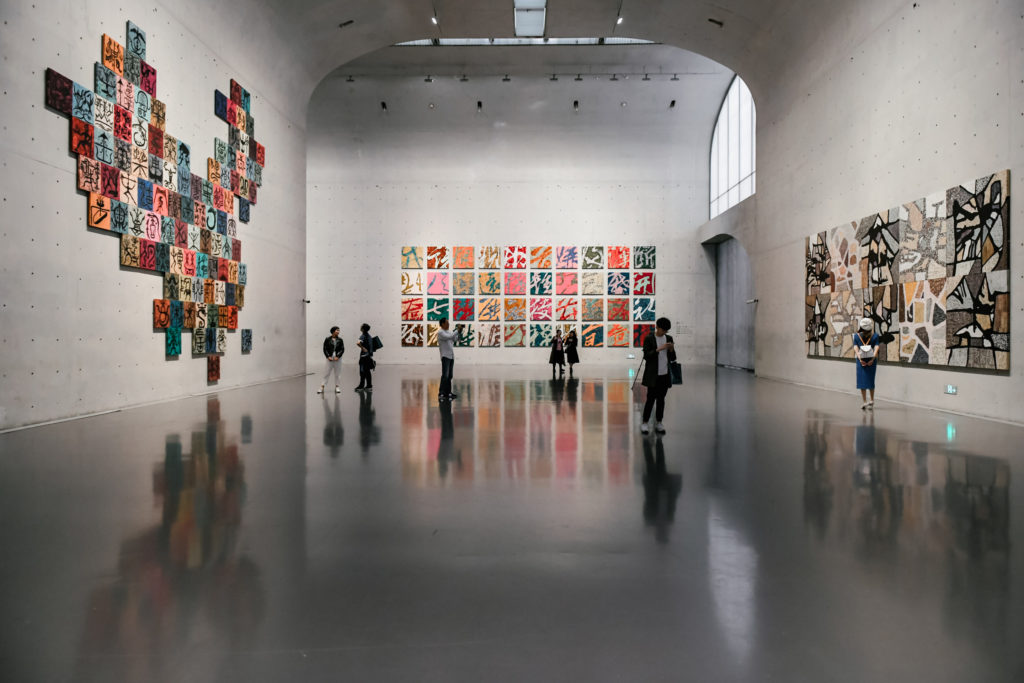

Katie White

It has become something of a legendary story.
In the early 1990s, Chinese artist Xue Song found inspiration in the form of a fire, as an actual blaze sparked in his studio consumed all of his existing artwork.
The Shanghai-based artist had been struggling up to that point to define a visual language that could draw from his seemingly endless influences (Eastern and Western, historic and contemporary) in a way that was neither nostalgic nor cavalier.
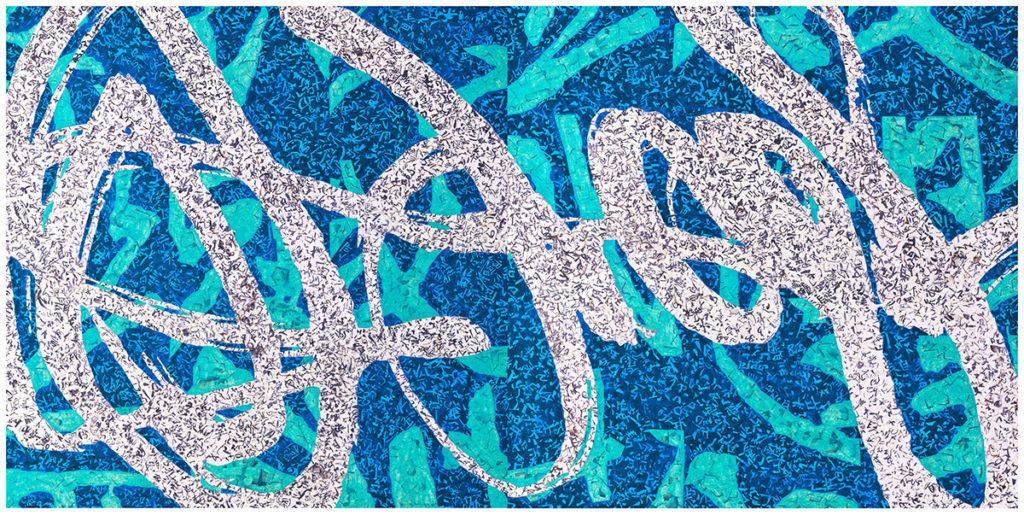
Xue Song, Calligraphy Imagery (2019). Courtesy of the Long Museum.
Sifting through the charred remains of his oeuvre, Xue began to build collages that incorporated burnt ashes of destroyed works with imagery pulled from a grab bag of art history: ancient calligraphy, Maoist political posters, Pop art references, and the like. These light-heartedly ceremonious works brought Xue his first acclaim—and formed the foundation of a career that was consistently reinvigorated by the past, memory, and the power of destruction.
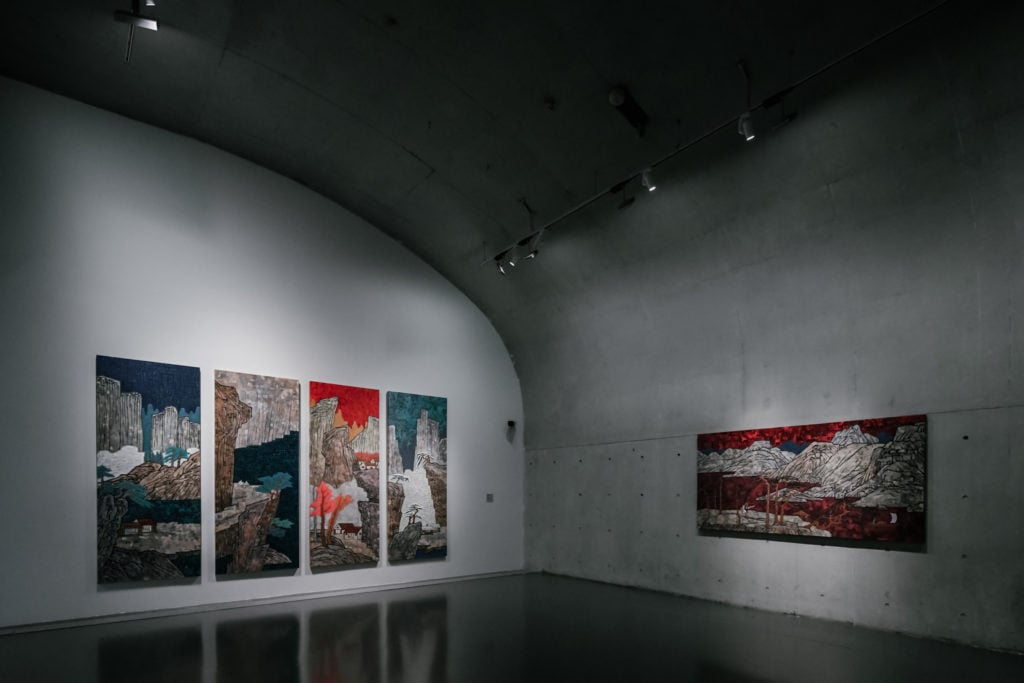
Installation view “Xue Song: Phoenix Art from the Ashes,” 2019. Courtesy of the Long Museum.
Now, “Xue Song: Phoenix Art from the Ashes,” a new exhibition at the Long Museum in Shanghai, brings together works from the series he has pursued since, diving back to these early works and building up to his most recent productions. These span a wide gamut, from reinterpretations of Western Masters (Matisse, Mondrian, etc.), to monumentally scaled, boldly colored takes on the ancient art of calligraphy.
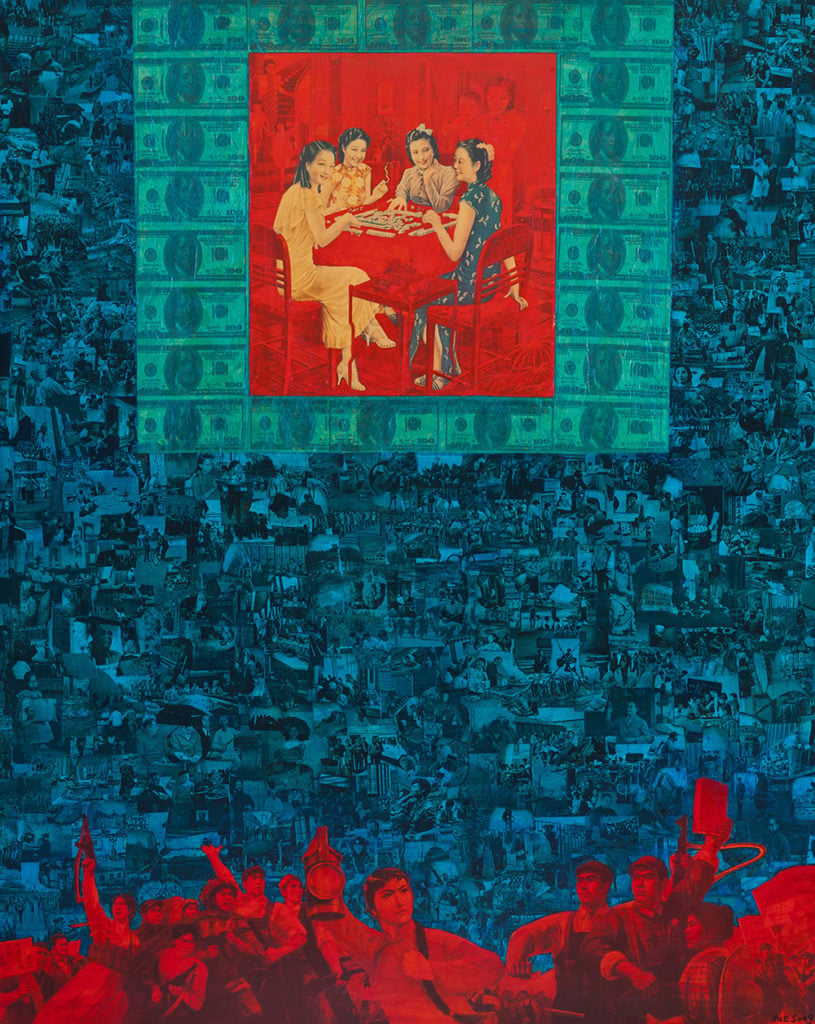
Xue Song, Play Mahjong (2018). Courtesy of the Long Museum.
“The work of Xue Song ransacks art history, shamelessly quoting, appropriating, and overpainting images from a glorious legacy,” said Jeffrey Spalding, who curated the exhibition. “He incorporates traditional Chinese paintings, ancient calligraphy, folk art, religious icons, legendary figures, and historical photographs, effectively erasing any categorical imperatives. His methodology is one of appropriation, manipulation, and subversion in order to create a subjective universe that manifests his personal memories and losses.”
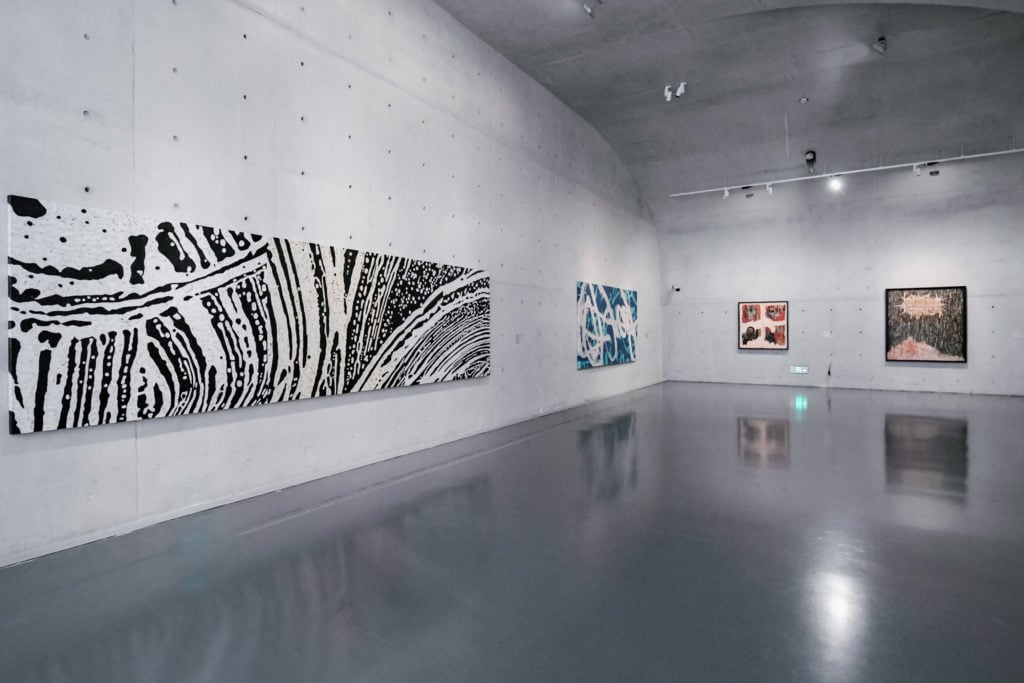
Installation view “Xue Song: Phoenix Art from the Ashes,” 2019. Courtesy of the Long Museum.
While Xue is known for his large-scale works, his latest series, “Gene Genealogy,” moves to a smaller scale with 100 works, each devoted to a Chinese surname. When viewed together, the works form a map of China. Xue’s passion for calligraphy is long-standing, born in his student days. As computers have increasingly removed the art of handwriting from everyday lives, this interest has only grown.
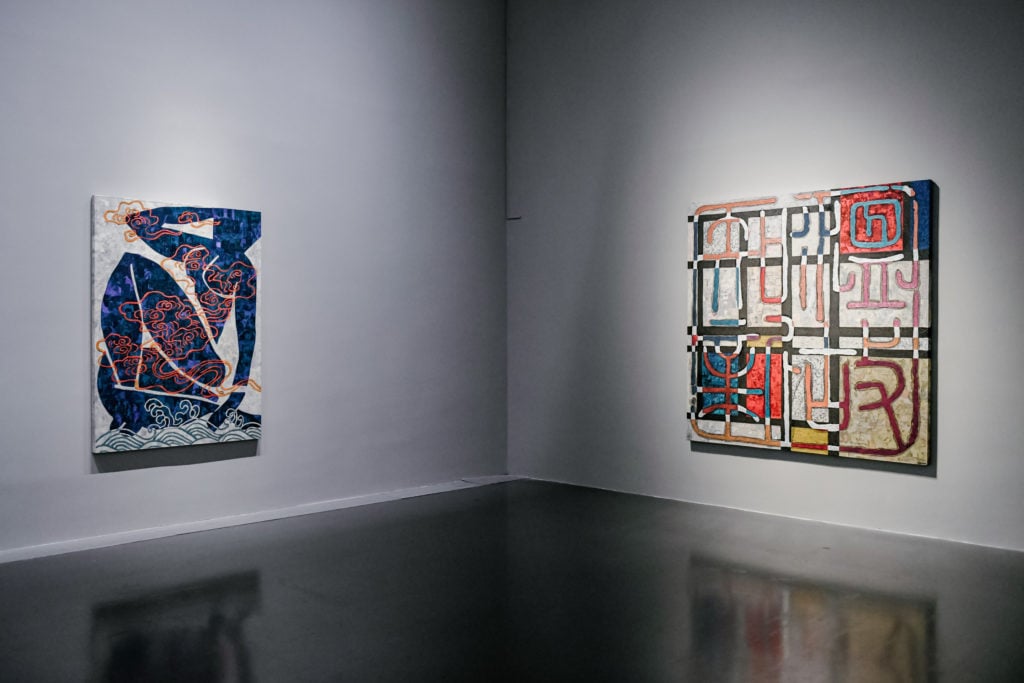
Installation view “Xue Song: Phoenix Art from the Ashes,” 2019. Courtesy of the Long Museum.
In these works, one can sense Xue’s almost ancestral communion with the past. The artist has many times named Robert Rauschenberg as an important influence. At first glance, Rauschenberg’s legacy can be seen in Xue’s early collages, with their wealth of references and unconventional incorporation of materials.
But Spalding wisely searches deeper, and recalls the story of Rauschenberg’s Erased de Kooning. To liberate himself from the shadow of his artistic idol, Rauschenberg asked de Kooning for a drawing and, with his blessing, erased it.
“Rauschenberg’s gesture is the embodiment of the Hegelian dialectic of thesis, antithesis, and synthesis,” said Spalding. “Some statues need to be toppled before regeneration is possible. So too it goes with the art of Xue Song.”
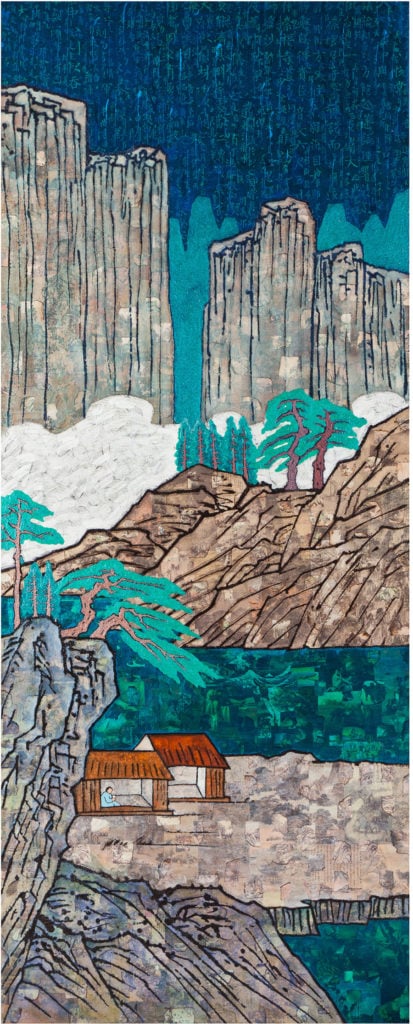
“Xue Song: Phoenix Art from the Ashes” is on view at the Long Museum, Shanghai, through July 14, 2019.